Author: PP
-
Why Preseason Testing Matters
Grant Calcaterra at Petroski Physio Before the season, Eagles tight end Grant Calcaterra came in for his preseason testing. These sessions set the foundation for everything, training, recovery strategies, and in-season management. The baseline numbers we collect now guide every adjustment we make later, keeping him healthy and performing at a high level. Why Testing?…
-
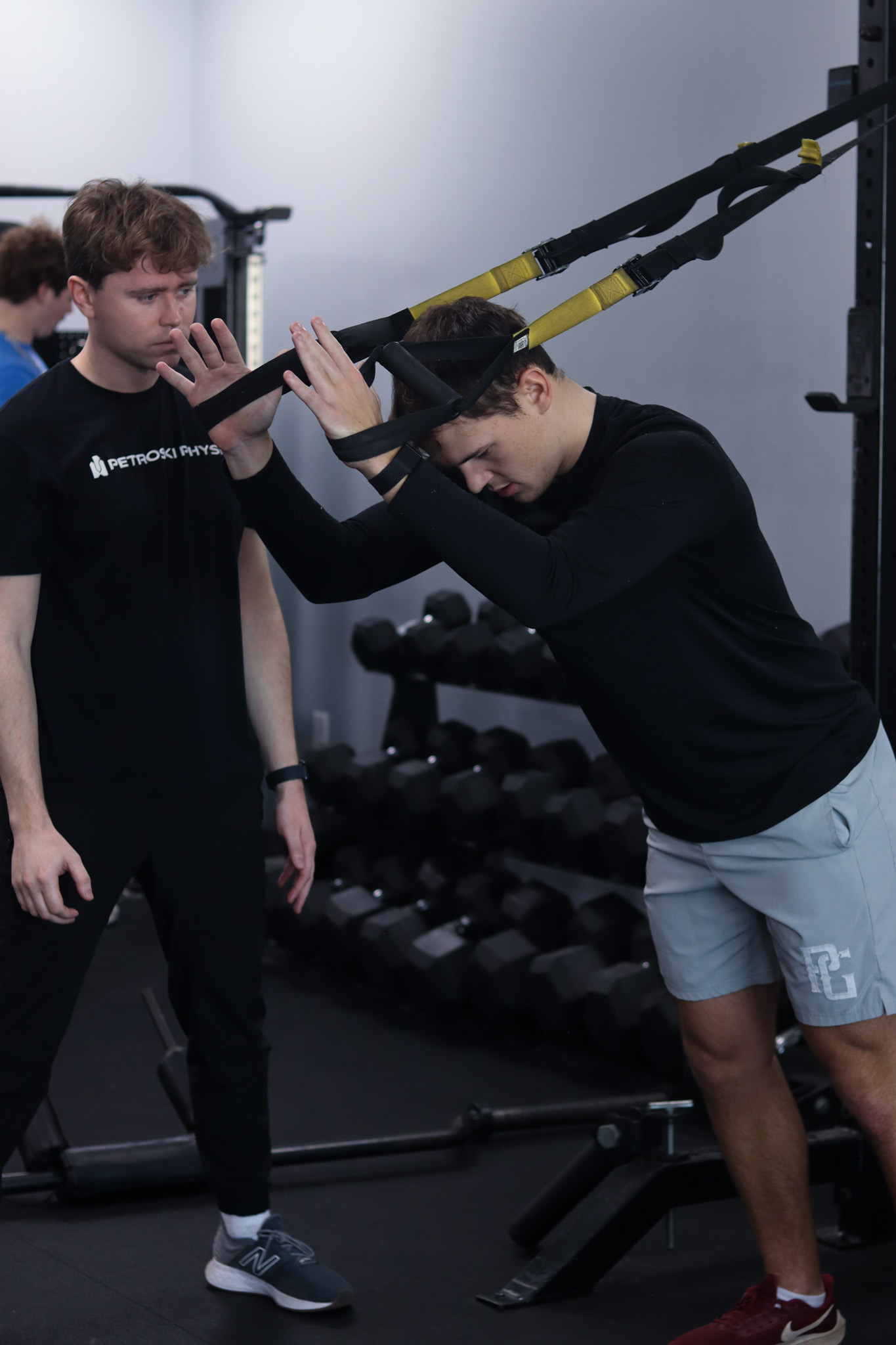
How Exposure Can Turn Nerves into Your Competitive Edge
Ever feel that spike of panic before the final free throw, clutch at‑bat, or penalty kick? Good. That rush means you care. Great athletes don’t erase fear—they train their brains to play with it, and use it to make them better by using the same science psychologists use to tame phobias. Below is the playbook, (Based on…
-
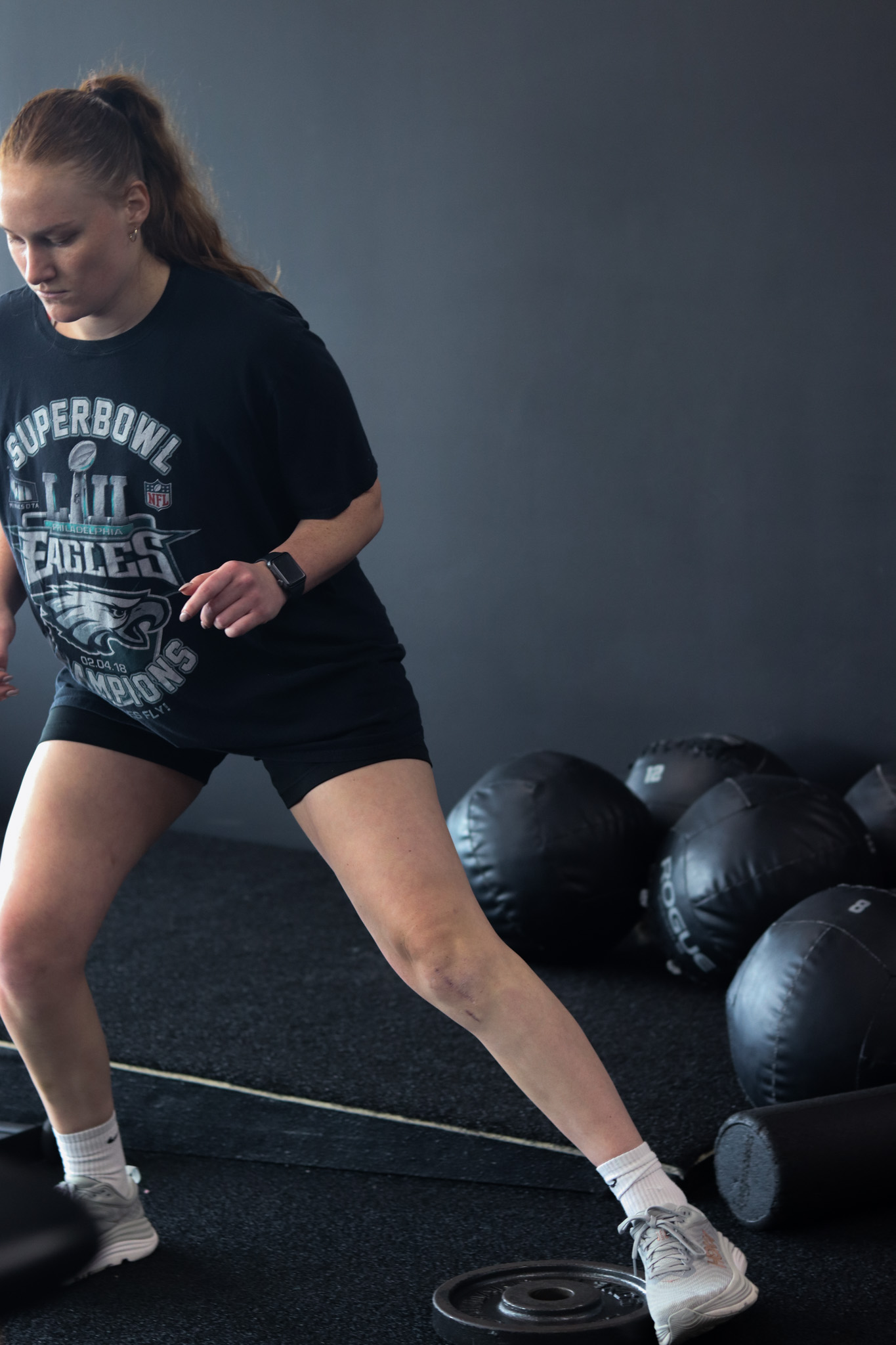
Mastering the Late Stages of Rehab for Field Sport Athletes
This post was crafted from a presentation by our DPT student David Jarrett. Returning to the field after an injury is never easy, especially for athletes in multi-directional, high-intensity sports like baseball, soccer, football, and lacrosse. The final stages of rehabilitation are often the most challenging, not just physically but mentally. This is what helps…
-
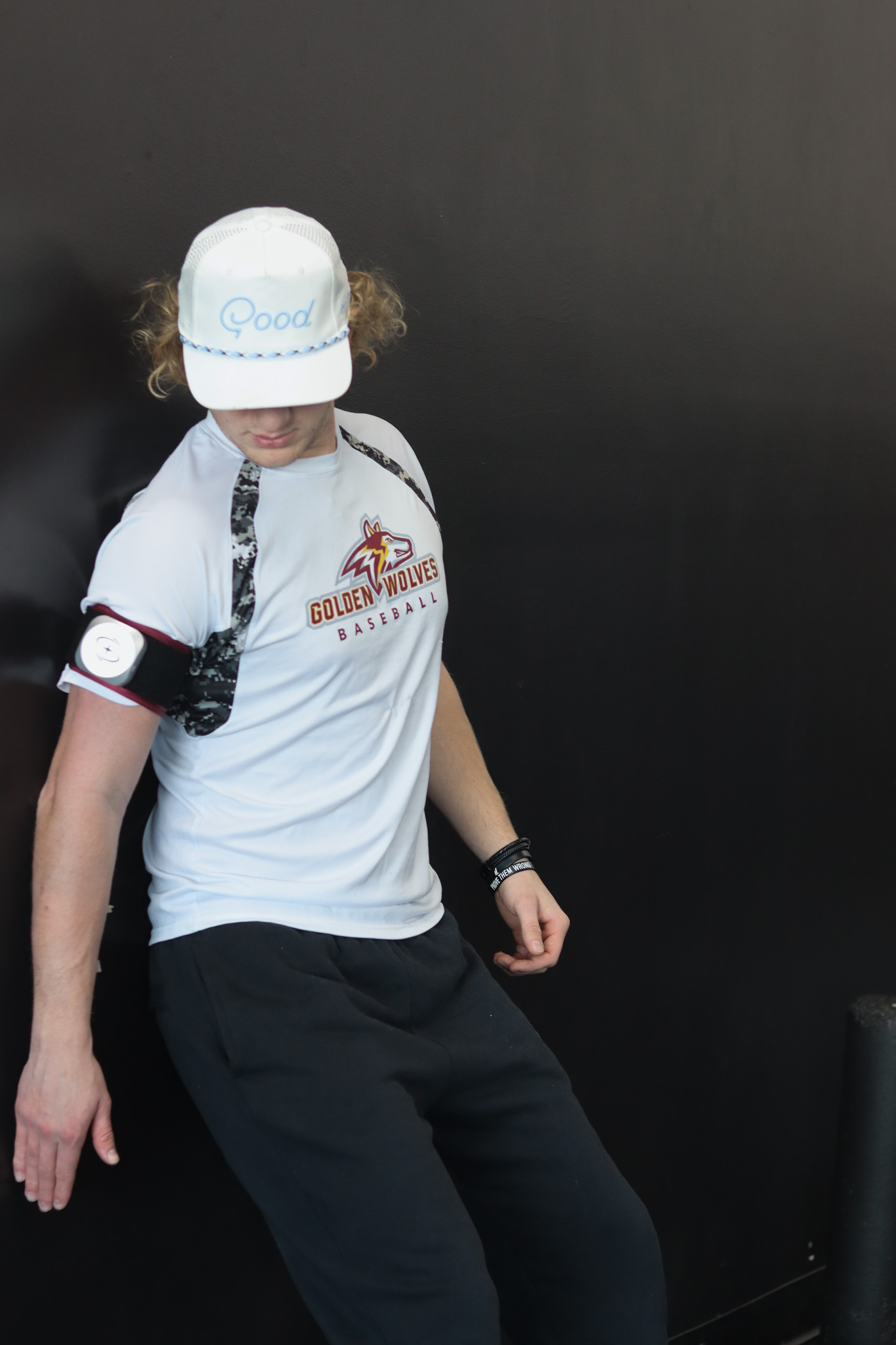
Building the Foundation: The First Steps After UCL Repair
If you’re a high school, college, or pro pitcher recovering from UCL surgery, you’ve probably heard it’s a long road back to the mound, that is challenging both mentally and physically. The truth is, the early phase of rehab sets the tone for your entire reheab journey, and it’s about way more than just resting…
-
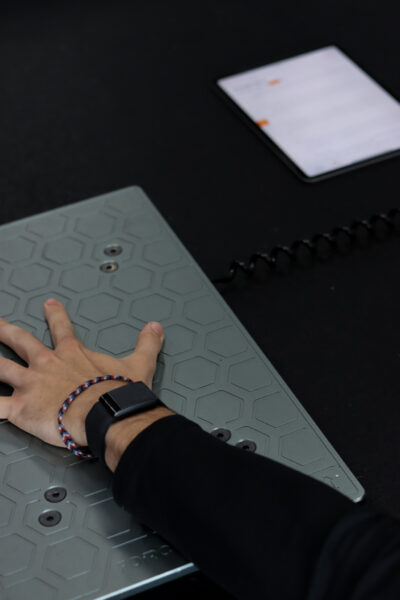
Why Using and Understanding Force Plates Could Shape the Future of Athlete Development
The following is an adaptation from a presentation from our DPT Clinical Student, Yessy Fischer. She adapted this material from her use of force plates within Petroski Physio and the Pacey Performance Podcast. If you’re a serious athlete between 16 and 30, and dealing with an injury you’re probably already tracking some metrics—whether it’s sprint…
-
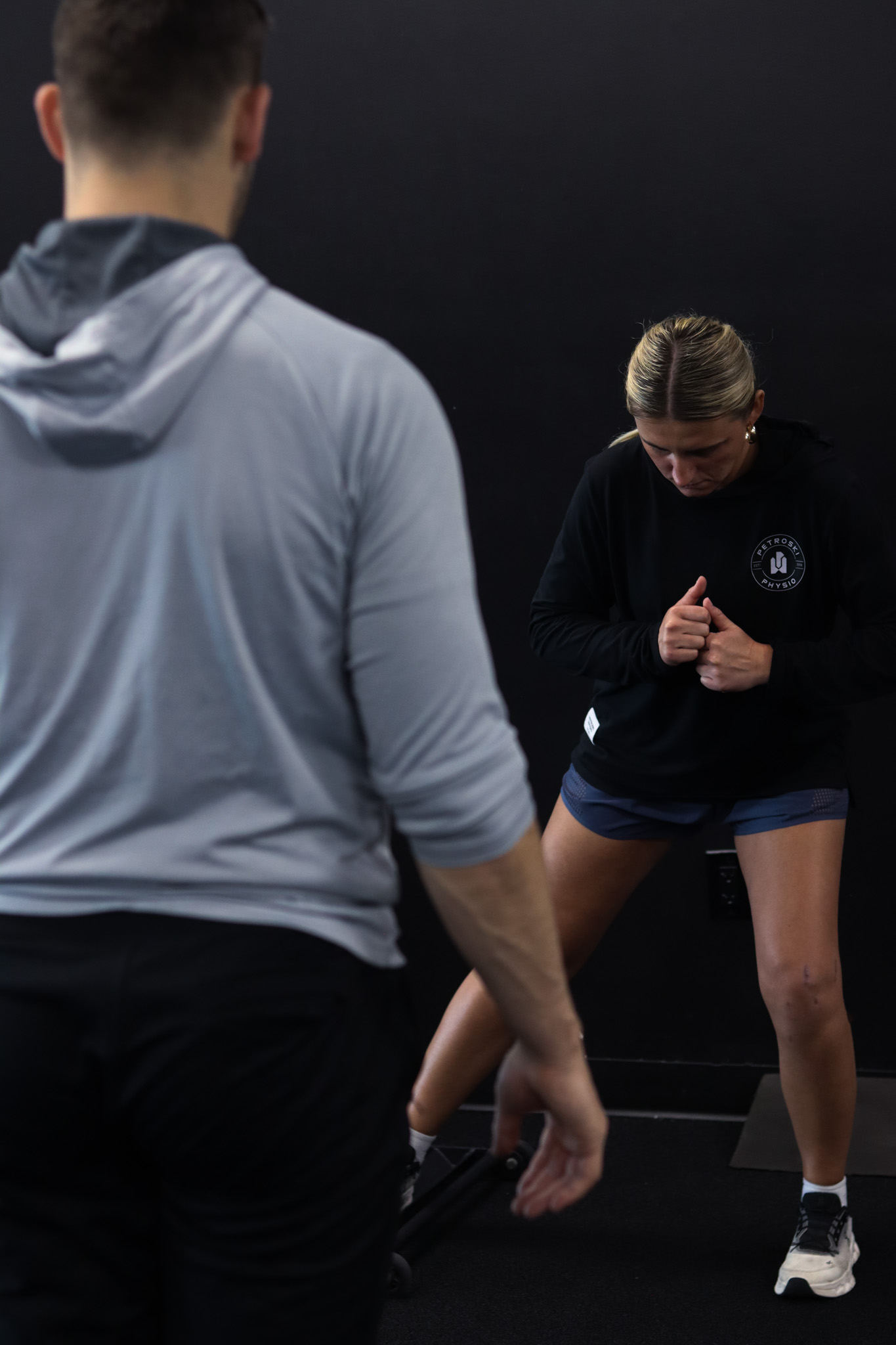
Why Your Brain Might Be Holding Back Your ACL Recovery (And What We’re Doing About It)
If you’ve had an ACL reconstruction and you’re working hard to get back to your sport, you’re probably focusing on strength, range of motion, mobility, and passing your return-to-sport tests. But what if there’s one piece holding everything back that most rehab programs completely miss? It’s called arthrogenic muscle inhibition (AMI)—a neurological roadblock that can…
-
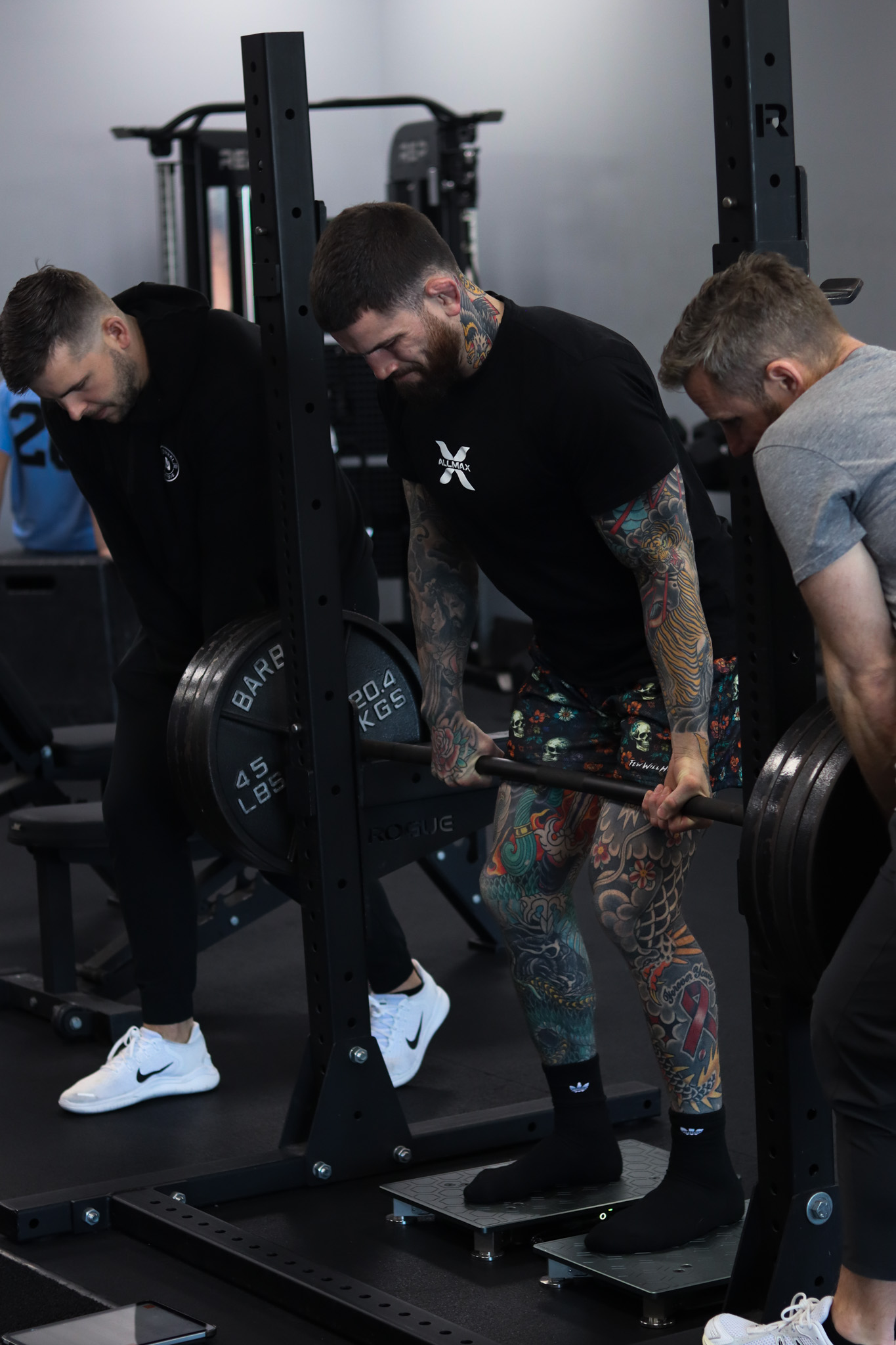
BUILT TO WIN: THE MMA ATHLETES TRAINING AT PETROSKI PHYSIO
At Petroski Physio, we work with athletes at every level of MMA—from rising amateurs to world-class professionals—to help them perform, recover, and stay healthy in one of the most demanding sports there is. Whether it’s a high school wrestler chasing their first title or a pro looking to stay in the rankings, the foundation is…
-
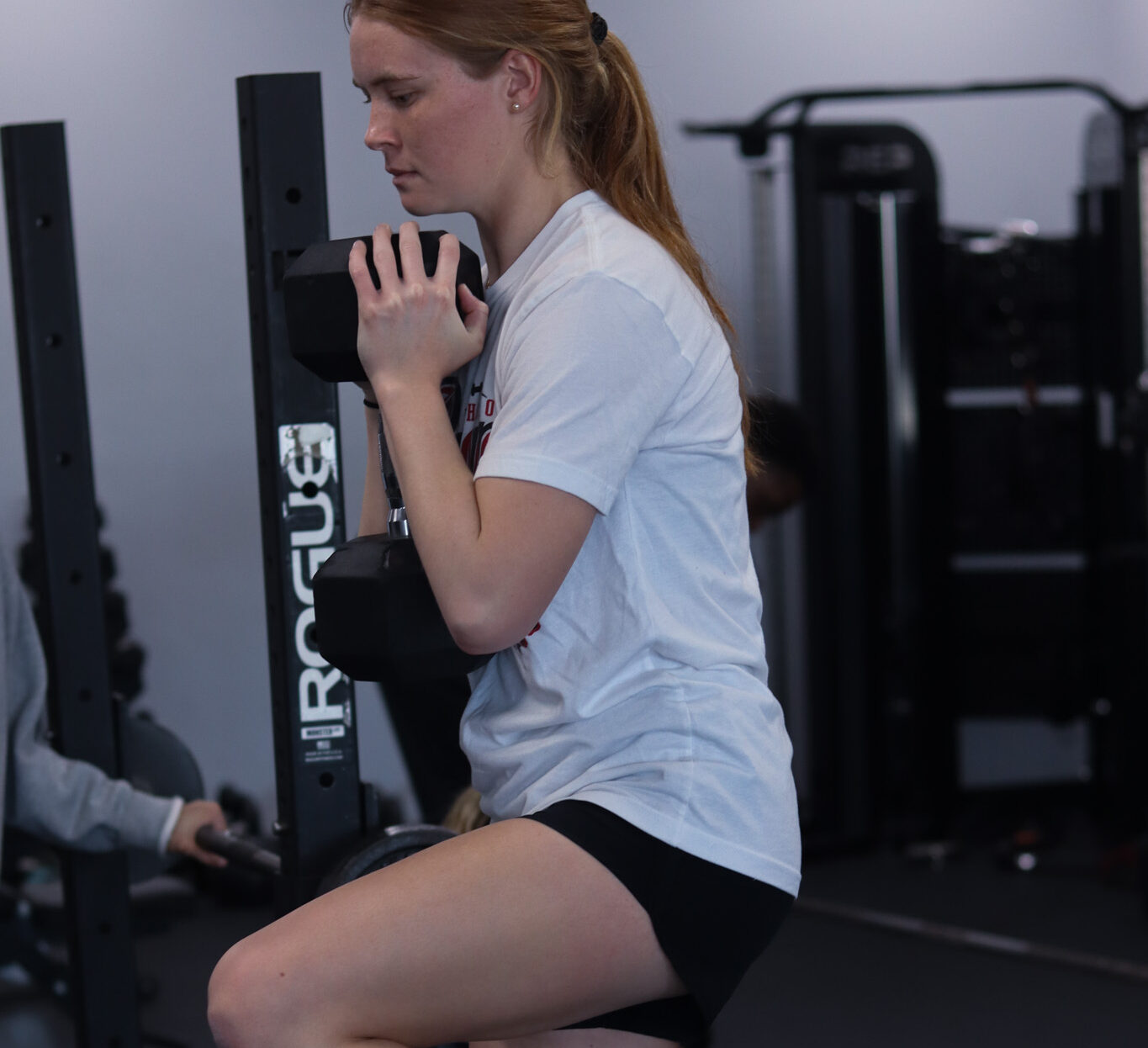
How to Stay on the Field: A Guide to Quad Muscle Injuries for High School Female Soccer Players
If you’re a high school soccer player dealing with pain in the front of your thigh—especially after sprinting, decelerating, or striking the ball—there’s a good chance your quad muscle is involved. It’s one of your primary movers during powerful plays, and it plays a huge role in nearly every explosive movement on the field. This…
-

Understanding Hip Anatomy Variations: Implications for Performance and Injury Prevention
The hip joint, a deep ball-and-socket structure, provides significant stability and mobility, making it crucial for athletic performance. However, not all hips are created equal. Anatomical variations in the hip can significantly influence movement patterns, susceptibility to injuries, and performance. This blog post travels with our team as they explore the key anatomical differences, their…
-
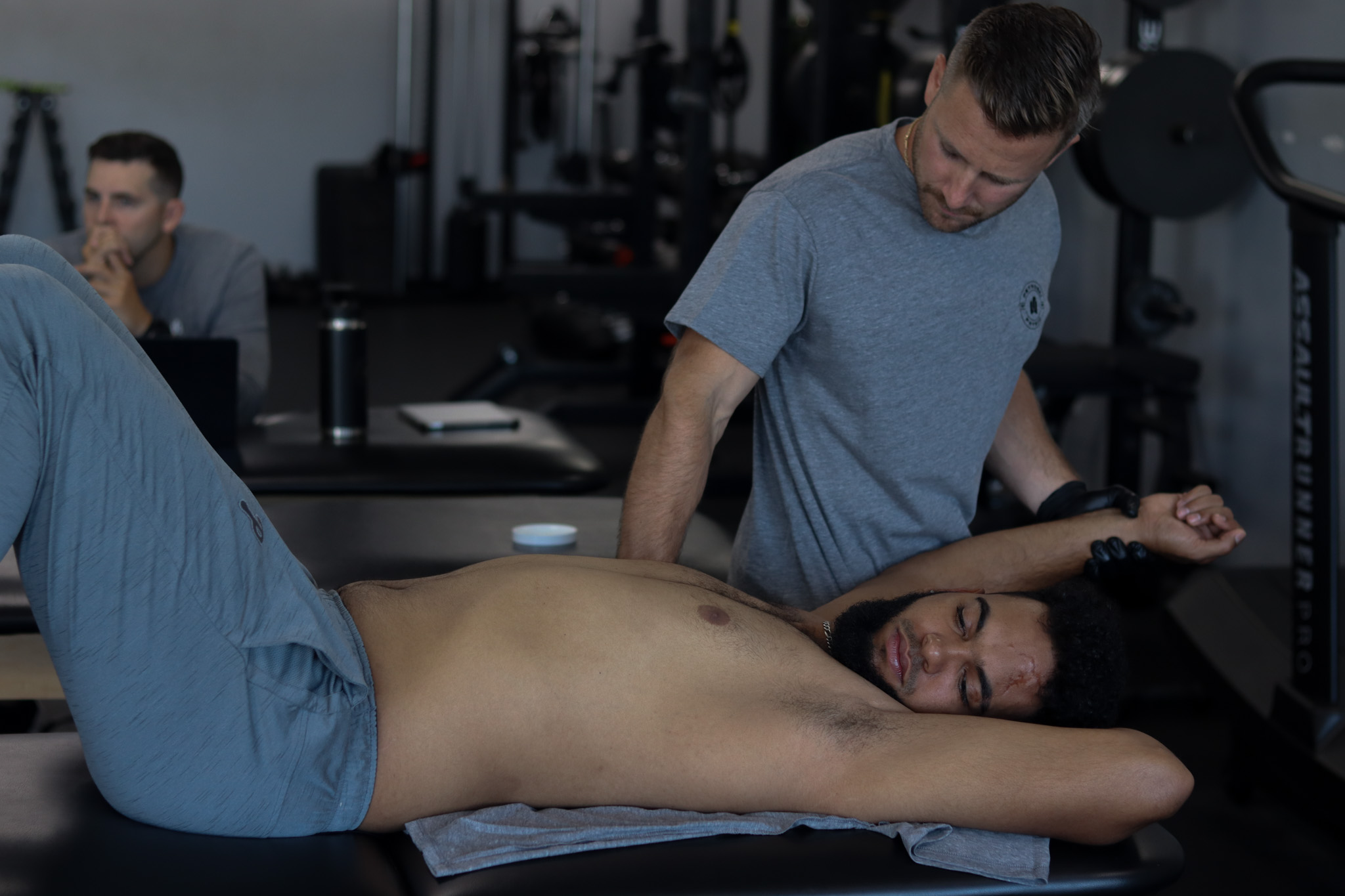
Don’t Stop Training During Your Season
One of the biggest mistakes athletes make when their season starts? They stop strength training There’s a common fear that lifting during the season will cause fatigue, reduce performance, or even increase injury risk. We understand it may be difficult to fit everything into a busy schedule. But all research is pointing to its importance.…
